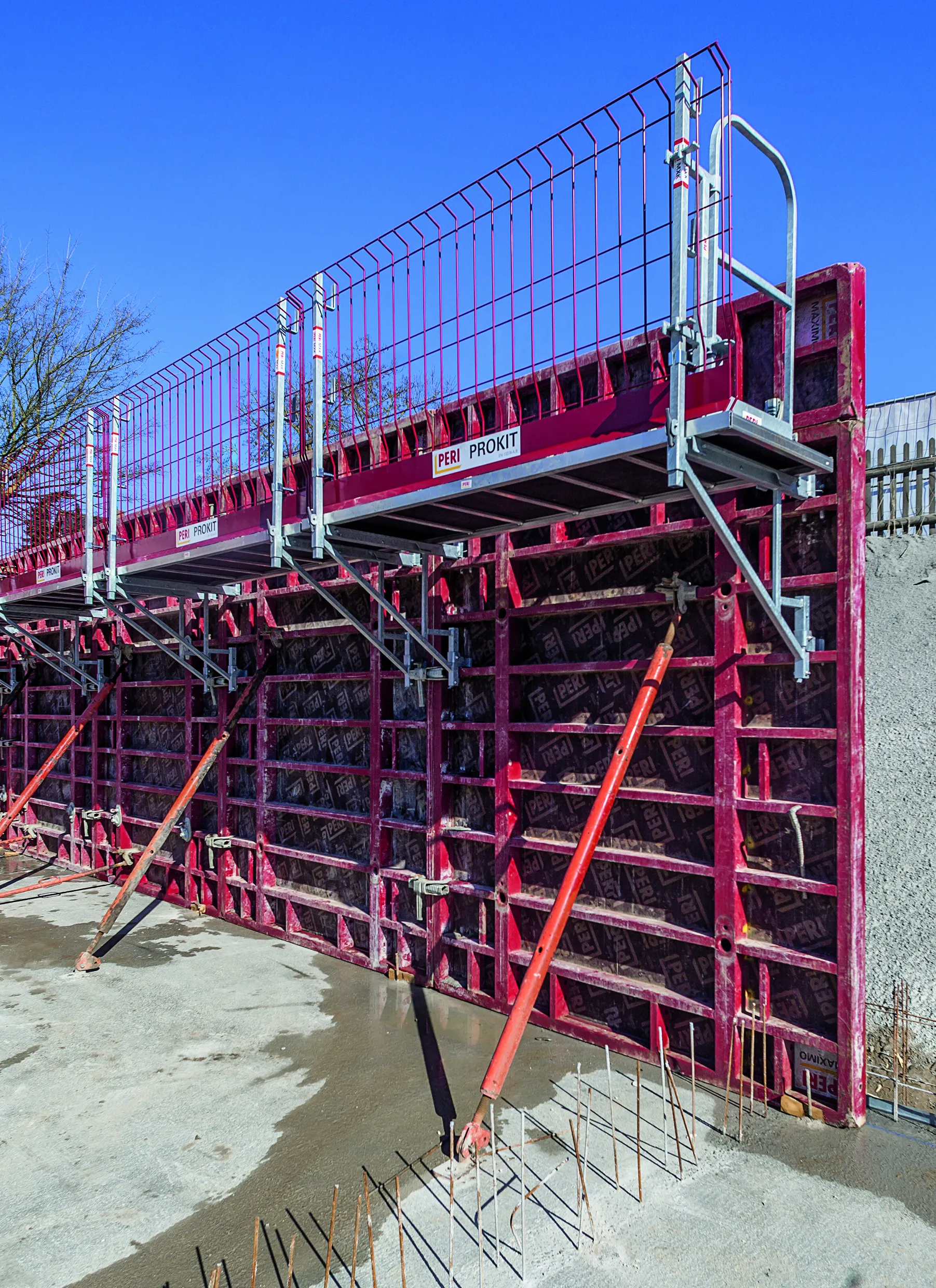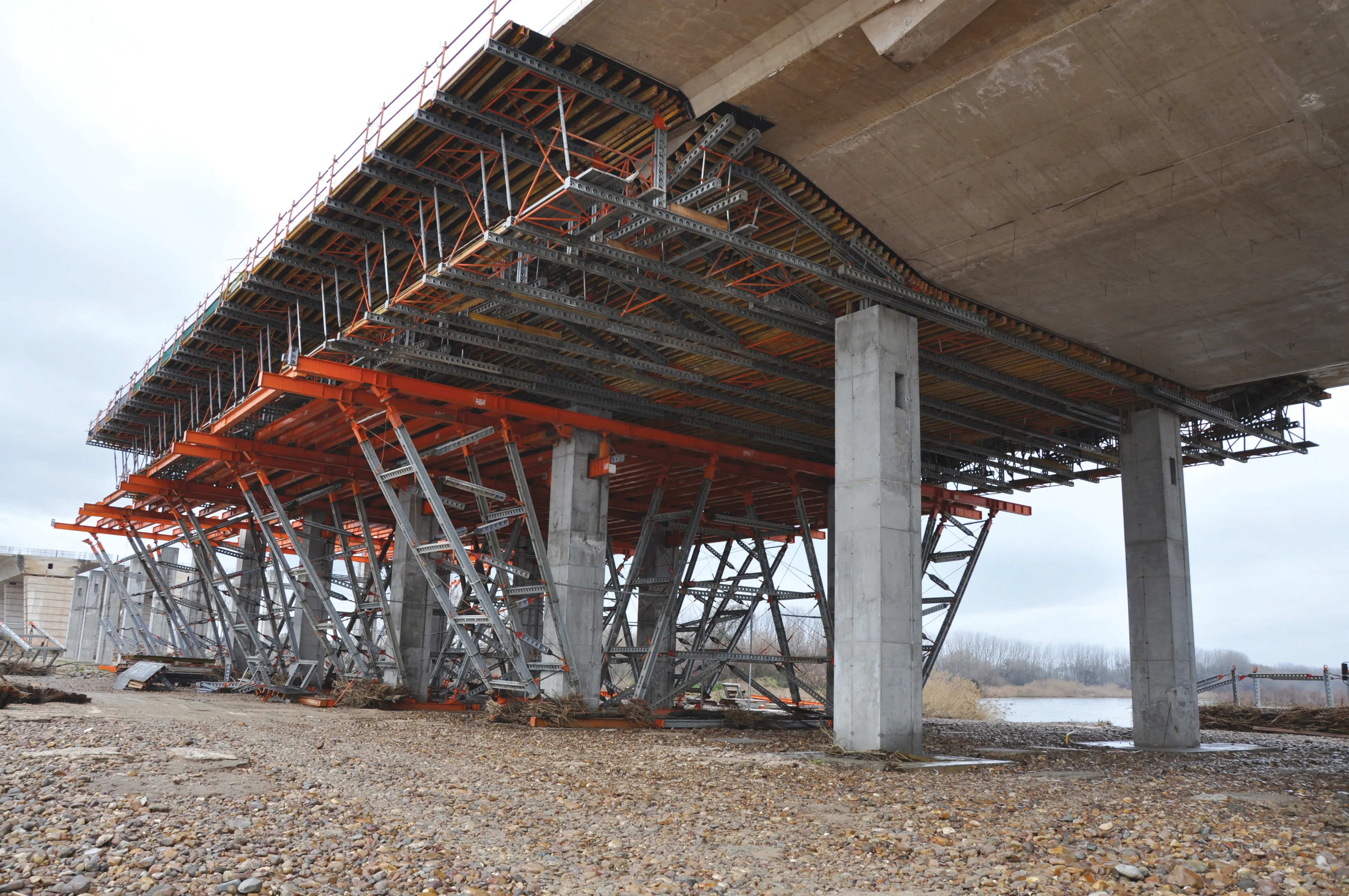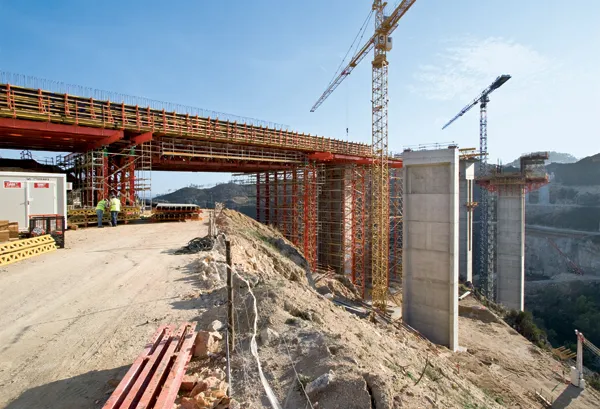Peri’s MAXIMO system, with its single-sided tie technology, is very much the centre for wall formwork operations.
MAXIMO is the most efficient of the PERI formwork systems and has set a standard in the market for application diversity as well as a particularly high level of safety.
The new MAXIMO MXK Bracket System provides maximum safety with minimum installation effort and serves as a working platform for the MAXIMO and TRIO Panel Formworks. In contrast to conventional solutions, the modular system
January 6, 2017
Read time: 2 mins

MAXIMO is the most efficient of the PERI formwork systems and has set a standard in the market for application diversity as well as a particularly high level of safety.
The new MAXIMO MXK Bracket System provides maximum safety with minimum installation effort and serves as a working platform for the MAXIMO and TRIO Panel Formworks. In contrast to conventional solutions, the modular system provides pre-assembled individual components such as the MXK Scaffold Deck or the PROKIT PMB Side Mesh Barrier. These lightweight and manually assembled system components ensure safe and ergonomic work operations.
In addition, new in the MAXIMO standard programme are panels with heights of 3m and 3.6m respectively.
For colder climates, PERI has developed the MXH Formwork System which can be heated whereby the MAXIMO Wall Formwork System is combined with heating elements. This means that concreting operations can also take place at low temperatures as the hydration process is not affected.
Assembly of the panel formwork and heating elements is carried out horizontally. Only two mounting bolts are required on the four frame corners each time. The standard height of the heating elements is 2.70m with standard widths of 2.4m and 1.2m. Corresponding extension elements and practical details such as suitable box outs for the BFD Couplers as well as for connecting the bracket system ensure efficient application of the system.
MAXIMO thus provides a further enhanced range of applications in the area of panel formwork with single-sided operations.









